News
Clearmont Rancher Survived the Pearl Harbor Attack 82 Years Ago
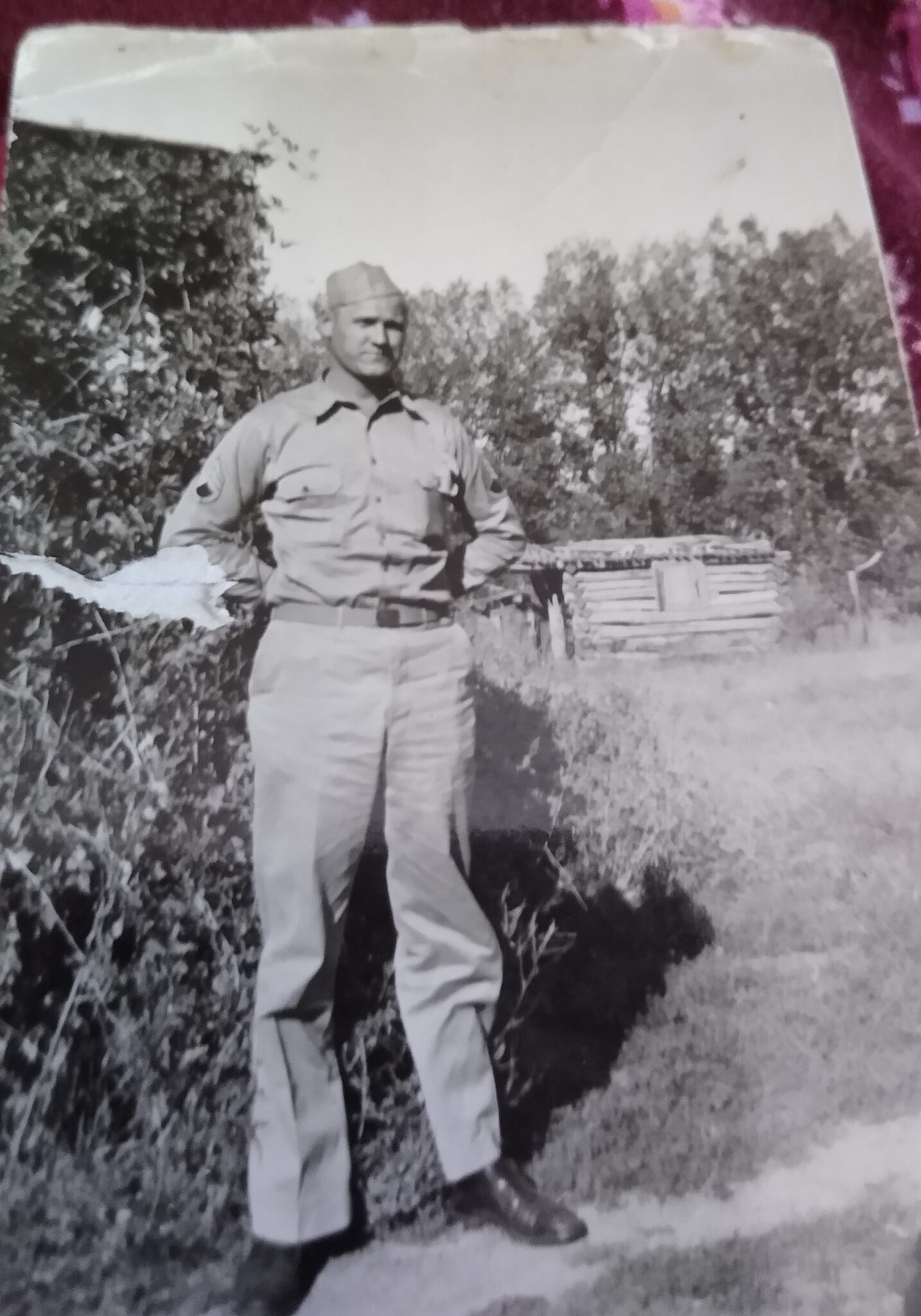
Dec. 7, 1941, at 7:55 a.m., is “A date which will live in infamy,” as President Franklin D. Roosevelt said. On that day the Japanese bombed the United States Naval Base at Pearl Harbor, Hawaii, and brought the United States into WWII. Pearl Harbor is located on the island of Oahu, west of Honolulu.
Wallace Vannoy was there during the bombing. Vannoy was born and raised near Clearmont, and graduated from Clearmont High School in 1935. In 1989, he wrote this as part of his story for the Clearmont Historical Group book, Backward Glance.
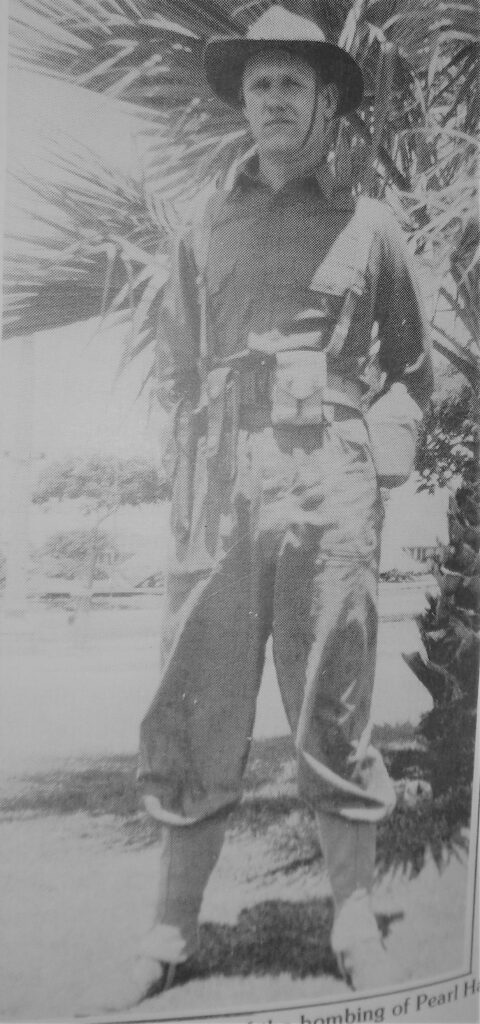
“War seemed imminent in September of 1940, so I enlisted in the army and was stationed in Hawaii. Basic training was in New York. Then on board ship where I was sea sick for three days. We were in the Canal Zone for Thanksgiving. Next stop was San Francisco and then Hawaii by Dec. 10, where were were housed in the hangers at Hickam field.”
Hickam Field, adjacent to Pearl Harbor, was constructed in 1934, when the Army saw the need for another airfield in Hawaii. The existing Luke Field on Ford Island was becoming too congested. The army purchased the land and fishponds for a new air depot and air base, and named it Hickam Field.
After it’s construction, it was the major army airfield in Hawaii, and the only field large enough to accommodate the B-17 Flying Fortress bombers. It was officially activated in September of 1938. Hickam had a chapel, barracks, a theater, barber shops, 24-Hour medical dispensary, a laundry, a post exchange, and a massive mess hall at its center. Servicemen dubbed it the “Hickam Hotel.”
Terry Foster, Clearmont Historical Group, interviewed Vannoy about the bombing. Vannoy said that his memories are about where he was at Hickam field, not on the entire island.
“Mac and I were inside the supply room, (Vannoy was a supply sergeant.) which was also our sleeping quarters. We went outside when we heard the first explosion. We thought at first the navy was having maneuvers, until a plane came over and dropped a bomb. We thought the navy was rather careless, then we saw the ‘Rising Sun’ insignia on the wings. I said to Mac, ‘Maybe this is the real ‘McCoy.’ We went and crawled under the wooden barracks. Then the above mentioned bomb hit the ground.
“We must have had the idea at the same time. We looked at each other and realized that it wouldn’t do us much good if a bomb hit that barracks. So we crawled out again and stood around under the eves of the buildings, while the Japanese had a field day strafing. One Japanese gunner set the roof of the building on fire. One soldier climbed up and put the fire out before much damage could be done.
“Our mess sergeant, during a lull in the bombing, was in the mess hall and told the cooks, ‘You guys had better get out of here. The Japanese are liable to drop a bomb on you.’ Sure enough, one did and killed several cooks and KPs (kitchen police).
“Before that happened though the mess sergeant had rescued several cases of pork and beans and tomatoes. He shipped them with other equipment and personnel to another island. The fellows said they were a welcome change from field rations.
“Some soldiers set up a machine gun on the parade ground, but were shot down before they could do much. We were issued .45s. A soldier, Pete Jordon, later in the day shot at a plane with his. Somebody said, ‘Pete, those are our planes you are shooting at.’ He said, ‘So what, they are planes, ain’t they?’ No damage done, of course.”
Hickam Field suffered extensive damage and aircraft losses, with 189 people killed and 303 wounded. The Japanese targeted U.S. aircraft in an effort to prevent the U.S. Air Force from following them after the attack.
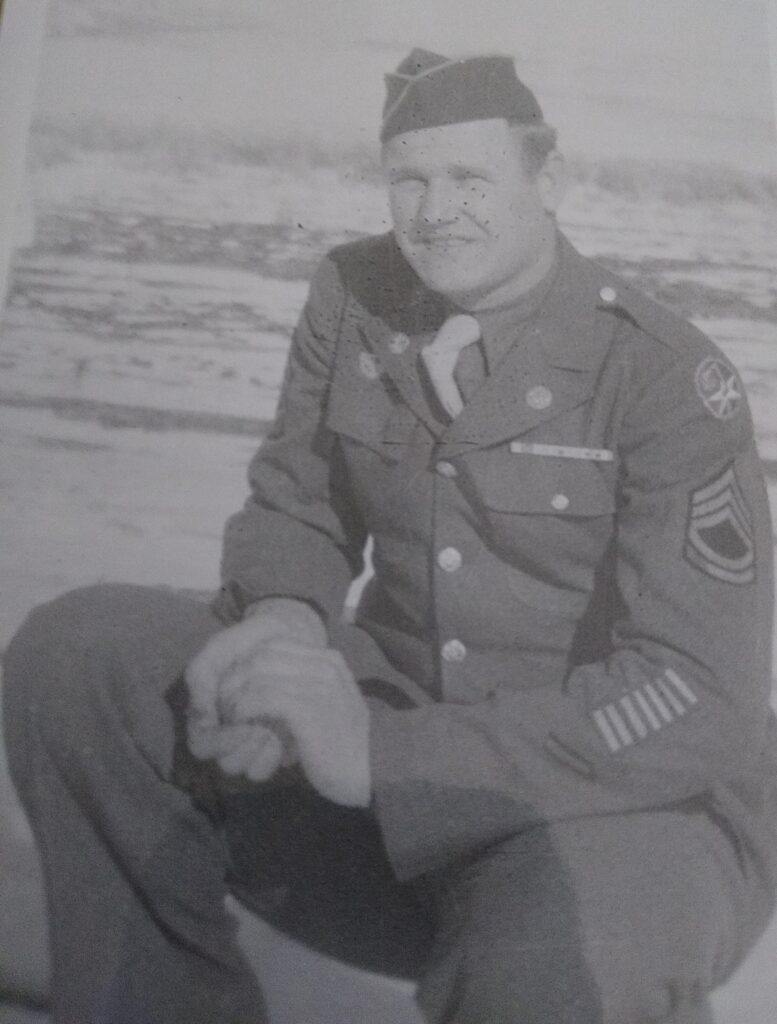
Vannoy continues, “Our company was moved off the field to another location. We were Signal Corp and our work was in the field. We were set up in an extinct volcano crater, and carried out our work from there.”
“Mac and I went back to Hickam Field one day and an MP told us we were lucky we weren’t shot. It was rumored that Japanese paratroopers had landed (false, of course) and were dressed in blue work clothes like we were wearing. So from then on we wore khaki, a least until the parachute scare was over.
“While we were at that location, we were putting in lines and monitoring for use in case the regular telephone service was sabotaged. We took turns manning the switch board near Pearl City and to make sure it was working. It was checked very hour. We were supposed to be alert for sabotage. The only thing said was ‘Dahlstrom checking.’
“One of our men, Nick, could understand some German. Because of this our company commander was going to have him shot as a spy. One man by the name of Jimmy Bills was left at Hickam to kind of watch over company property. He had liberated a case or so of beer from the bombed out beer garden (snake ranch). He was found drunk on duty and this same commander was going to have him shot. Billie go 30 days KP instead.
“There hadn’t been any beer or whiskey available for some time. Where it was available our Second Lieutenant, name of O’Neil, took on too much and wrecked his command car, killing himself. He had given me my GI driver’s test, so I could drive legally. My driver’s license had recently been stolen along with my wallet.
“Our next move was back to Hickam Field. We lived in wooden barracks then. After this we moved Wheeler Field to put in communications lines. We were issued some prefab buildings that we had to put together ourselves.
“It rained some at Wheeler and our huts leaked a little. One Polish fellow said we needed to put tick tar on it. He was teased a little about the ‘tick’. It raised his ire a bit and he said, “Dammit, I can’t help it if I can’t pronounce my haitches.” Of course, that provided another laugh. His name was Ed Ancas and I saw him again in 1974 when we went to the Pearl Harbor Survivors meeting at York, PA.
“We were lucky none of us were killed during the bombing or injured. Later one of our men was playing with a Japanese shell, someone said, “Mike, that might be loaded.” Mike said, ‘Naw’ and banged it against a box by his bed. End of Mike. Another man was killed when a piece of coral from a dynamited hole hit him in the head.
“After we returned to Hickam, we went to many battles throughout the Pacific. The war ended for me on July 29, 1945, and by Christmas I was home again in Wyoming.”

One of the souvenirs that Vannoy brought back from the war was a $1 bill with Hawaii stamped on the back and the front. These bills were stamped in July of 1942, to keep Hawaii’s paper money isolated from the rest of the U.S. money in case Japan invaded Hawaii. This way, the Japanese could not use U.S. money to their advantage. It wasn’t until Oct. of 1944 that normal monetary conditions returned to the island.
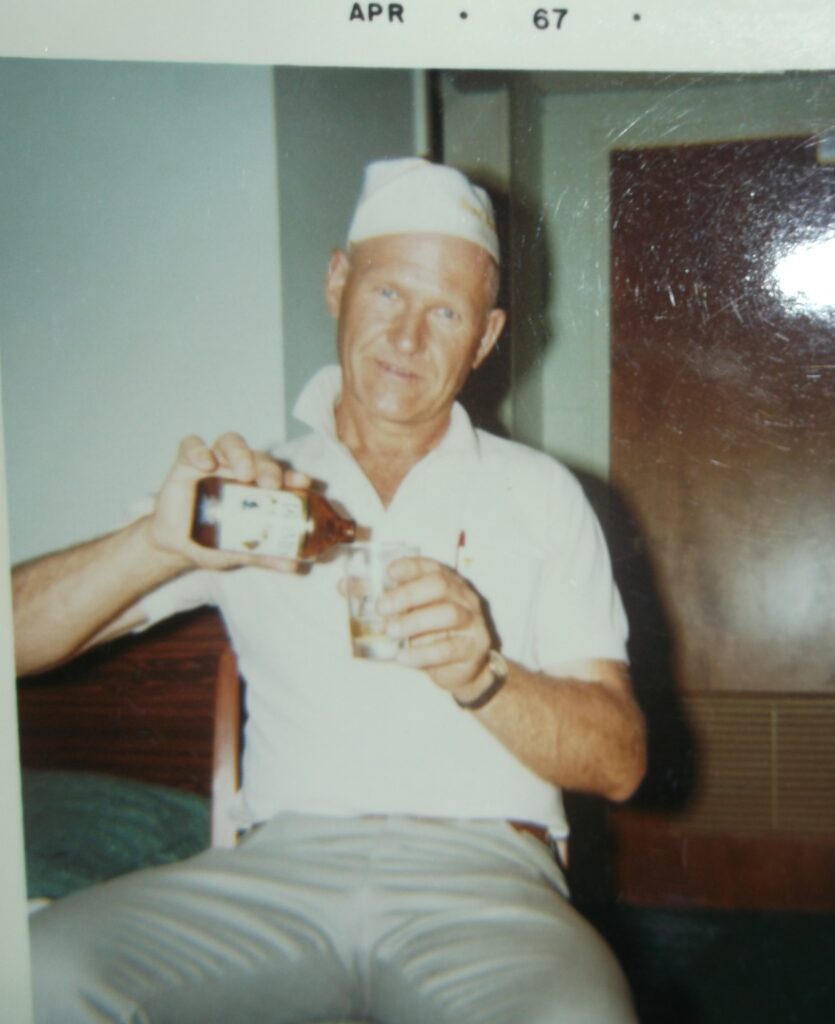
Vannoy and his wife, Lorraine, flew back to Hawaii in December of 1966 for the Pearl Harbor Survivor’s Convention to celebrate the 25th anniversary of the bombing.
He wrote about the trip in his notes: Dec. 10, 1966. “This take on the Hawaiian trip. We had nice flying weather, and had a good time in Hawaii. Some rain and cloudiness while we were there but not much. I find things have built up considerable since I was there in 1941, that is to be expected in most areas.”
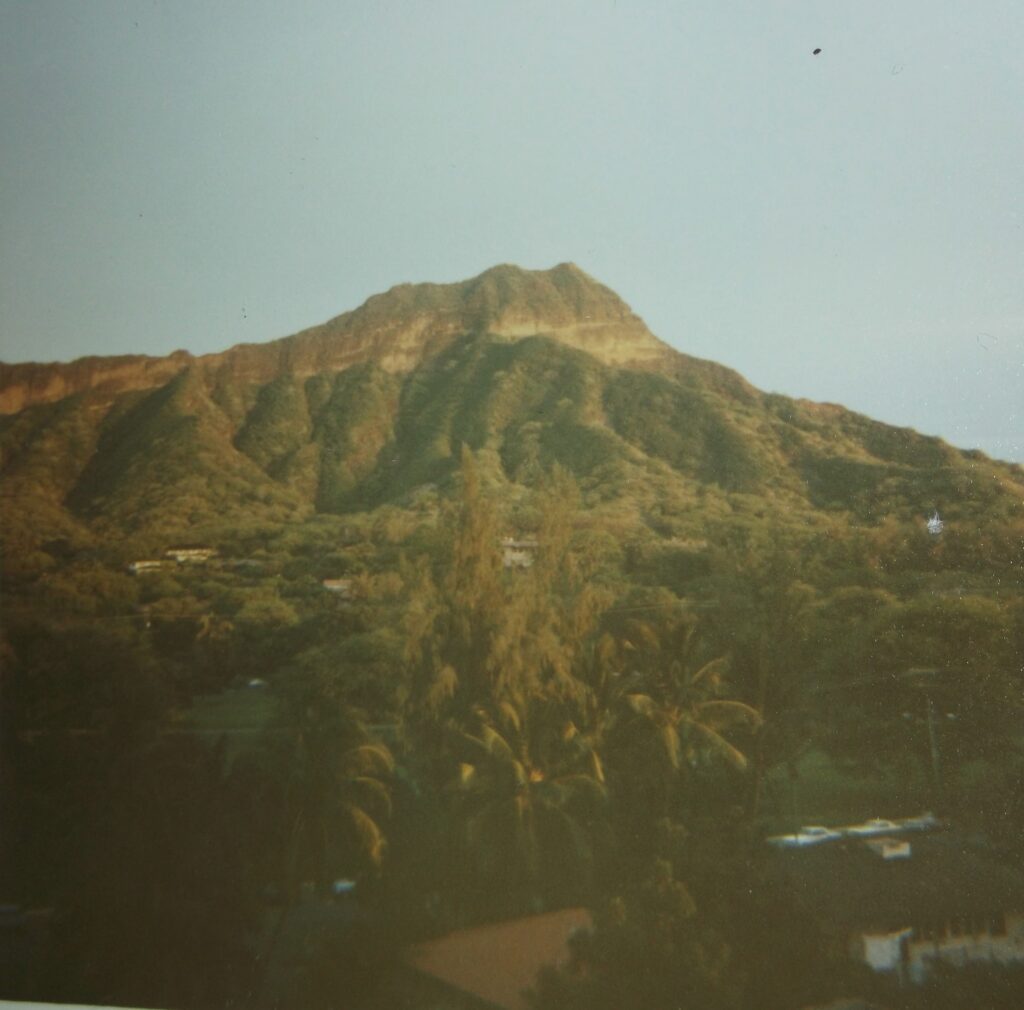
In September of 1985, Hickam AFB was designated National Historic Landmark, to recognize its role in the Pacific campaign. There is a bronze plaque reflecting Hickam’s “national significance in commemorating the history of the United States of America” at the base flagpole.
After he returned home from the service, Vannoy continued to run the family ranch near Clearmont until his death in 1994.


Shelly Morris
December 7, 2023 at 3:08 pm
Thank you, Sir for your amazing story. It is a true historical picture into the past.
Without the bravery of soldiers, like you, our world would be a different place today.
We need to commemorate and congratulate these incredible soldiers by saying,
“Thanks for saving America” and God bless the men and women who serve it.
Ira Roadifer
December 8, 2023 at 9:43 pm
Thank you Cynthia. His role in our history will never be forgotten. I knew him and l’m proud of him and his service to our country.